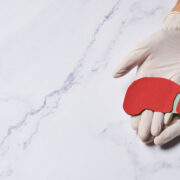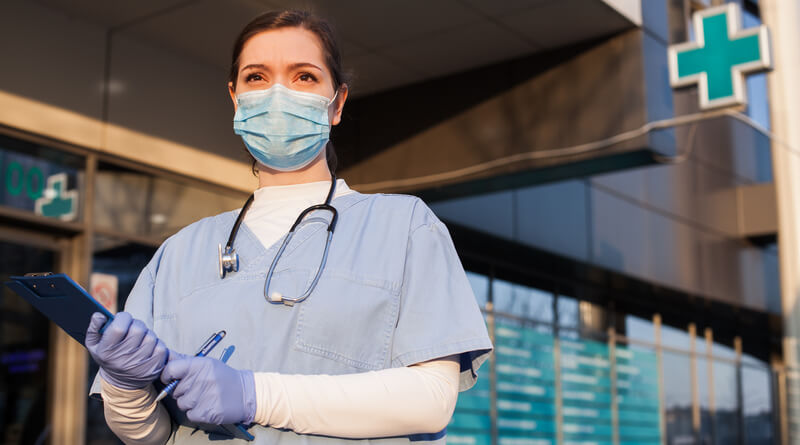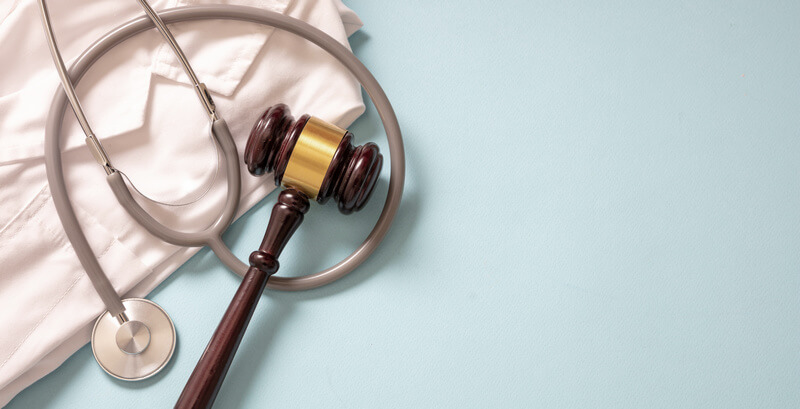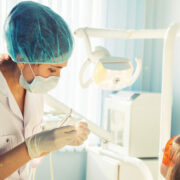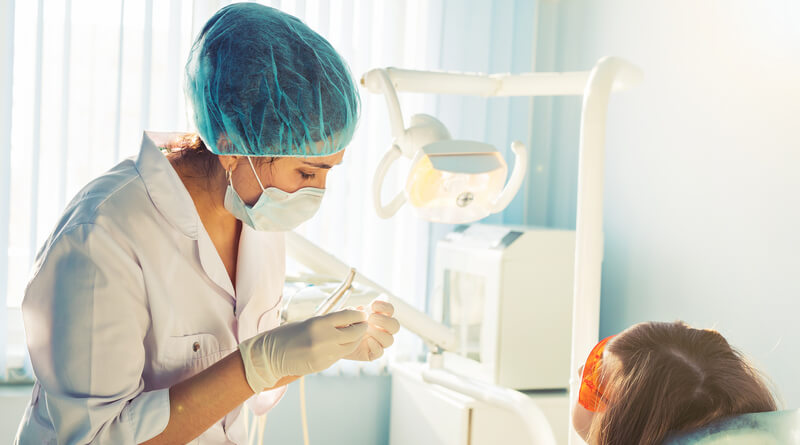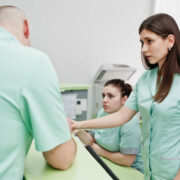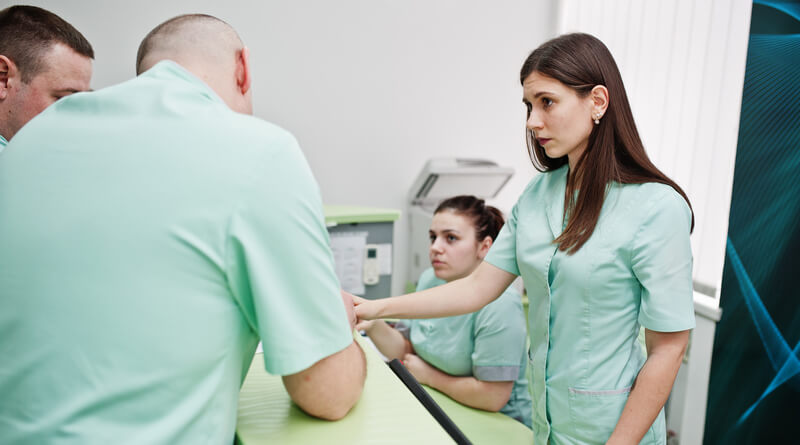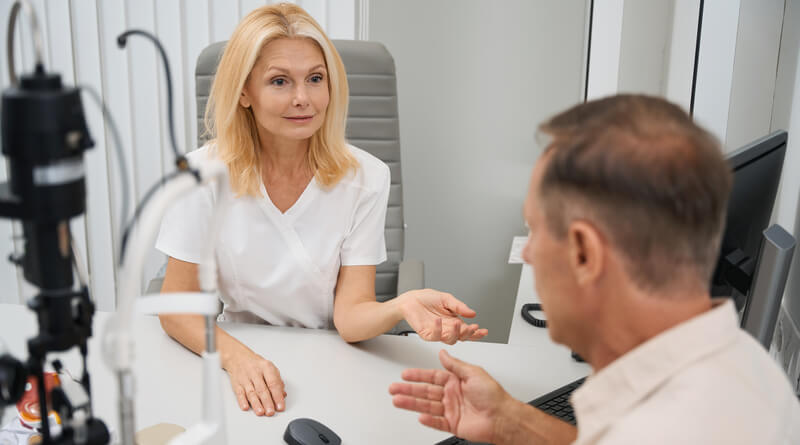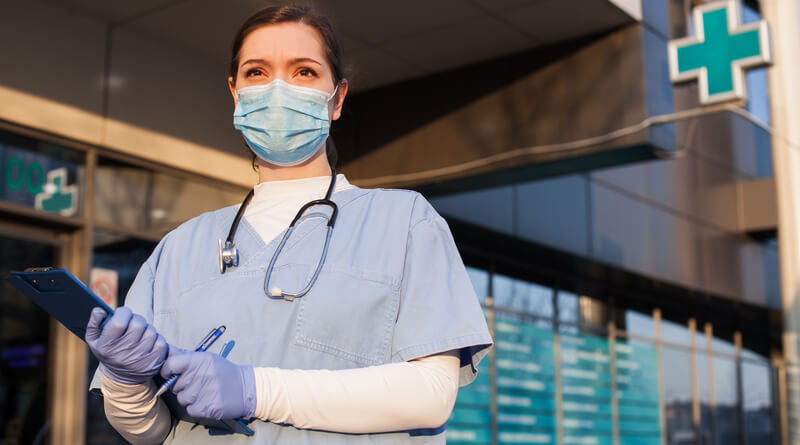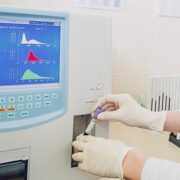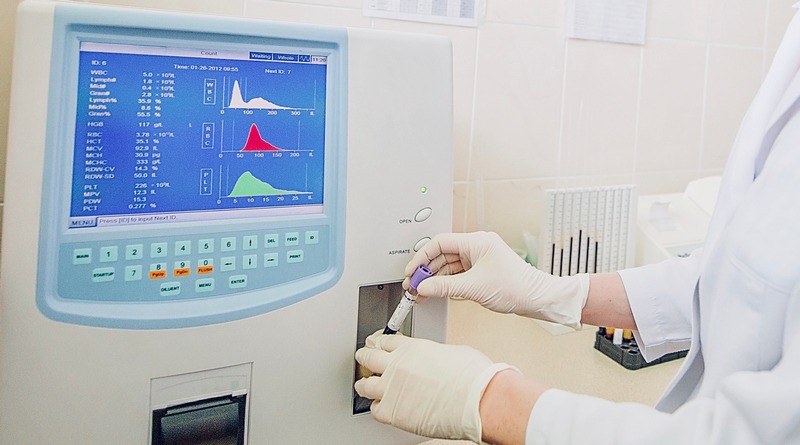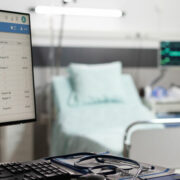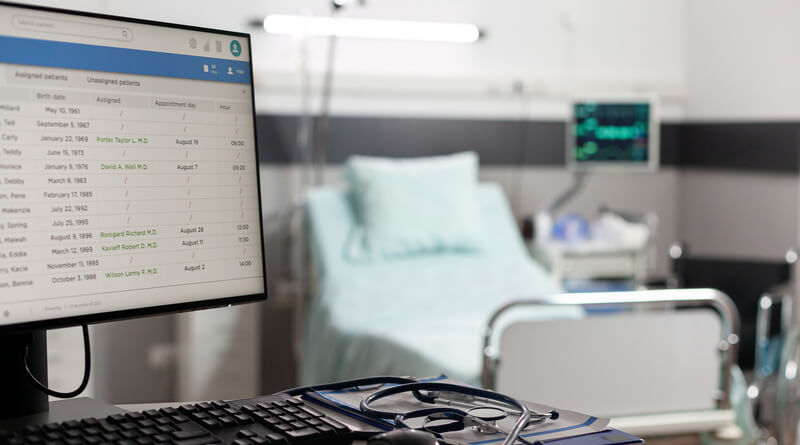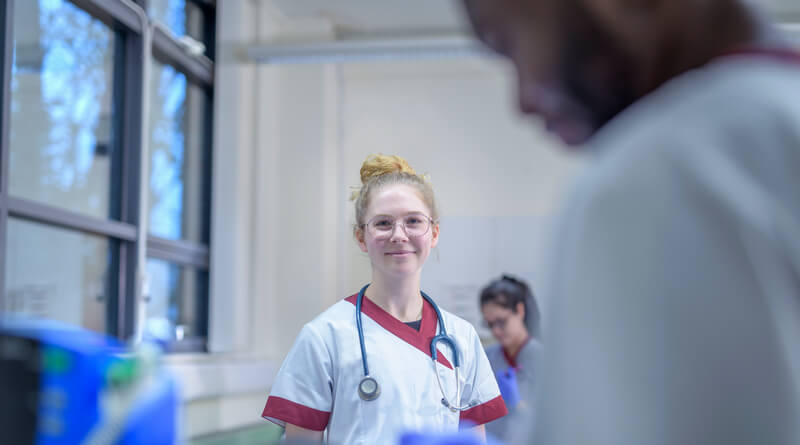Leveraging Healthcare IT to Improve Patient Outcomes for Liver Diseases
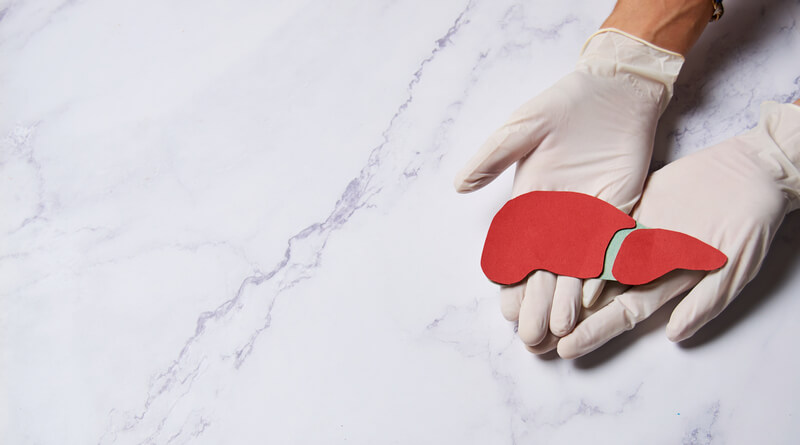
The liver is an essential organ in the human body that performs several vital functions. It is the second-largest organ and sits under the right side of the abdomen, under the ribcage. The liver weighs around 3 pounds, and its size is similar to a football. It performs several essential functions such as toxin elimination, aiding digestion, transforming food into energy, and regulating cholesterol and glucose levels.

However, if the liver doesn’t work correctly, its functions can become limited, and a disease might be the reason for its reduced functioning. The term “liver disease” refers to a wide range of diseases caused by multiple factors. Some of these diseases can be caused by infections, while others can be caused by inherited conditions, alcohol abuse, or obesity.
Liver disease can lead to scarring and serious complications if not treated promptly and adequately. Thus, early treatment is crucial for preventing liver failure. Let’s look at some common diseases that affect the liver and how they progress over time if not treated accordingly.
Types of Liver Diseases
Continuous inflammation in the liver can result in liver degeneration, deterioration, fibrosis, and scarring, ultimately leading to cirrhosis, which is the final stage of chronic liver disease. This can cause nodules, neo-angiogenesis, vascular reorganization, and disrupt normal liver function. It is essential to diagnose and treat the liver disease early to prevent its progression. There are non-invasive screening methods available that can help with early detection, such as those offered by Fibronostics.
Viral Hepatitis
Viral hepatitis is caused by a virus, as the name suggests. Viral hepatitis can take on different forms such as hepatitis A, B, C, D, and E. The most common ones are B, C, and D. The presence of the HAV virus in the population leads to hepatitis A, an acute and short-term disease that doctors can easily treat. Hepatitis B and C are chronic and ongoing conditions affecting millions of Americans.
Hepatitis D is a rare form of liver disease. However, people who already have hepatitis B are more likely to get hepatitis D. Hepatitis E is caused by drinking contaminated water and is mainly found in areas with poor sanitation. The outcome of hepatitis is different for each type. For example, hepatitis B and C can lead to severe health issues because people with these diseases can develop cirrhosis, chronic liver disease, or even liver cancer. When the disease is severe, bleeding disorders occur, the kidneys might stop working, and the person might suffer from hepatic encephalopathy. Besides, alcohol abuse can accelerate its progression rates.
Genetic Liver Diseases
The genetic liver diseases are alpha-1 antitrypsin deficiency, Wilson disease, and hereditary hemochromatosis. Alpha-1 antitrypsin deficiency is a condition that increases the risk of developing COPD – chronic obstructive pulmonary disease and is common in children. Wilson disease is a rare and inherited disease that leads to copper accumulation in the liver. It’s caused by a gene defect and is an autosomal recessive disorder. Hemochromatosis is an inherited condition where iron builds up in the body over many years. It happens due to a mutation in the HFE gene, and as a result, the affected organ displays signs of fibrosis.
The progression of these genetic diseases can lead to liver damage, impaired functioning, and liver failure. And since the progression of each disease takes a different timeframe, the symptoms might appear between 40 and 60 years of age.
Autoimmune Liver Diseases
The most common autoimmune liver diseases are PBC – primary biliary cholangitis, PSC – primary sclerosing cholangitis, and AIH – autoimmune hepatitis. Primary biliary cholangitis includes symptoms of dry mouth and eyes, fatigue, and pruritus. The progression stage for PBC is 15 to 20 years; however, the rate varies.
PSC progression is very slow. The patients might have the disease years before it shows any symptoms. If not treated accordingly, liver failure might occur within 10-15 years after diagnosis.
AIH can lead to fibrosis and cirrhosis. But, the disease progression can be controlled with medicine and drugs that suppress the immune system.
Healthcare IT to Improve Patient Outcomes
Certainly! Advances in healthcare technology have revolutionized the way healthcare providers approach patient care. One significant area where technology has made an impact is in the field of healthcare IT. Healthcare IT has transformed the way medical professionals collect and use patient data, which has led to improved patient outcomes.
The use of electronic medical records (EMRs) has become widespread in recent years, and for good reason. EMRs enable doctors to keep track of a patient’s medical history and test results more efficiently than ever before. The use of EMRs also makes it easier for healthcare providers to share information with each other, ensuring that everyone involved in a patient’s care is on the same page.
In addition to EMRs, healthcare IT has also led to the development of telemedicine, which allows healthcare providers to deliver care remotely. Telemedicine has proven especially useful during the COVID-19 pandemic, allowing healthcare providers to treat patients without putting themselves or their patients at risk of infection. Thanks to telemedicine, patients can now conveniently receive medical attention regardless of where they are or whether they face mobility-related challenges.
Another area where healthcare IT has made an impact is in the development of patient portals. Through the use of patient portals, individuals can easily access their medical records, interact with their healthcare providers, and arrange appointments. This increased level of patient engagement has been shown to improve patient outcomes by promoting self-management and encouraging patients to take an active role in their care.
Finally, healthcare IT has also led to the development of health monitoring devices, such as wearable fitness trackers and medical devices that monitor chronic conditions like diabetes. These devices provide patients with real-time information about their health and allow healthcare providers to monitor their patients’ health more closely. This increased level of monitoring has been shown to improve patient outcomes by helping healthcare providers catch issues early and intervene before they become more serious.
Conclusion
Healthcare IT has revolutionized the way healthcare providers approach patient care. From the use of electronic medical records and telemedicine to patient portals and health monitoring devices, technology has made it easier for healthcare providers to collect and use patient data to improve patient outcomes. As technology continues to advance, it’s exciting to think about how it will continue to transform the healthcare industry and lead to even better patient outcomes in the future.

